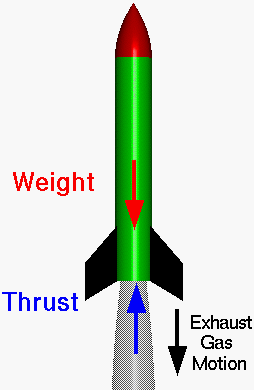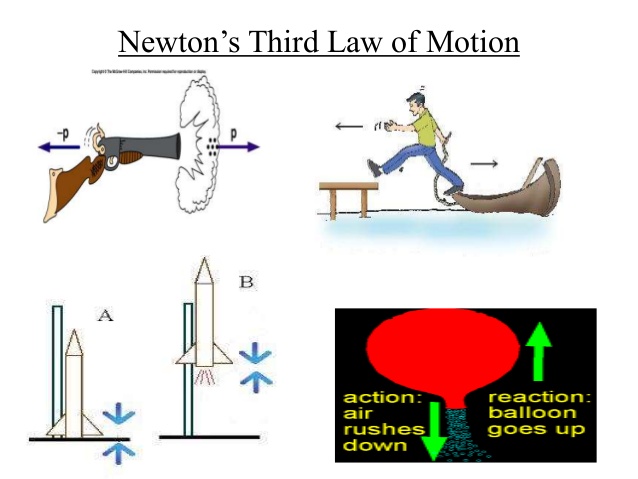What is the principle of working of rocket?
1 Answer
An answer focused on Newton's Third Law of Motion
Explanation:
I'm going to answer this at a rather low-level of explanation - I don't get the impression this question is looking for exhaustive and extensive details (but comments telling me otherwise below are more than welcome and will stimulate edits to this answer!)
Let's first talk about a rocket sitting on a launch pad. It's sitting there because gravity is holding it down to the ground (much like why we don't simply float around - gravity holds us down).
For a rocket to fly up into the sky, it needs to overcome that gravity. If we're talking about a model rocket, all we need is a small solid-fuel tube that will send it up perhaps 40 metres or so before landing somewhere close to us (and not have its parachute get it hung up in a tree...). If we're talking about a NASA grade rocket, perhaps being sent into space to put a satellite into orbit, we need a tremendous amount of force to overcome gravity.
 grc.nasa.gov
grc.nasa.gov
So how does that work? We can look to Newton's Third Law of Motion, which is often described as "action/reaction". In essence, when a rocket's engines fire down (action), the engine itself experiences a force up (reaction).
Sometimes people will think that a rocket engine has to push against the ground for it to work - but that isn't true. It doesn't matter what the engine thrust is pushing against - what matters is only that it push.
 tes.com
tes.com

